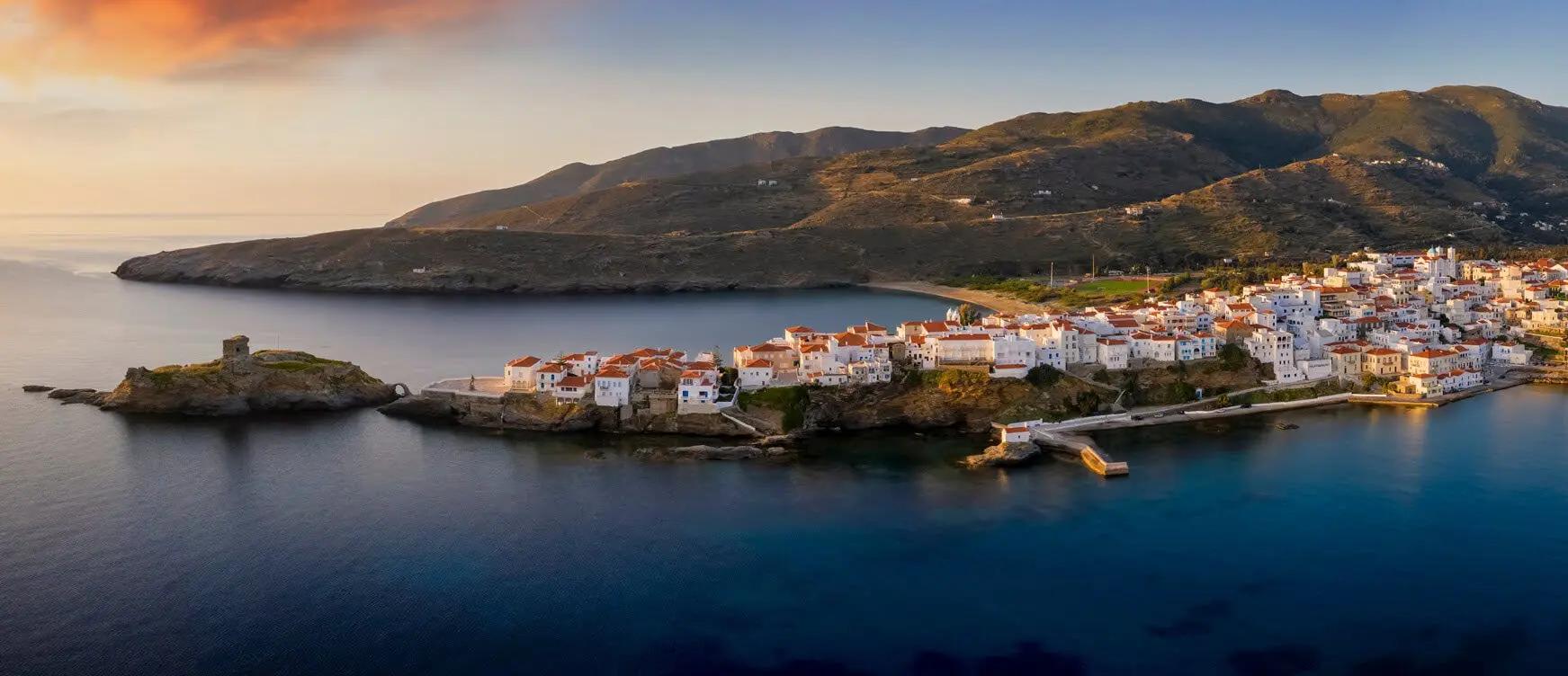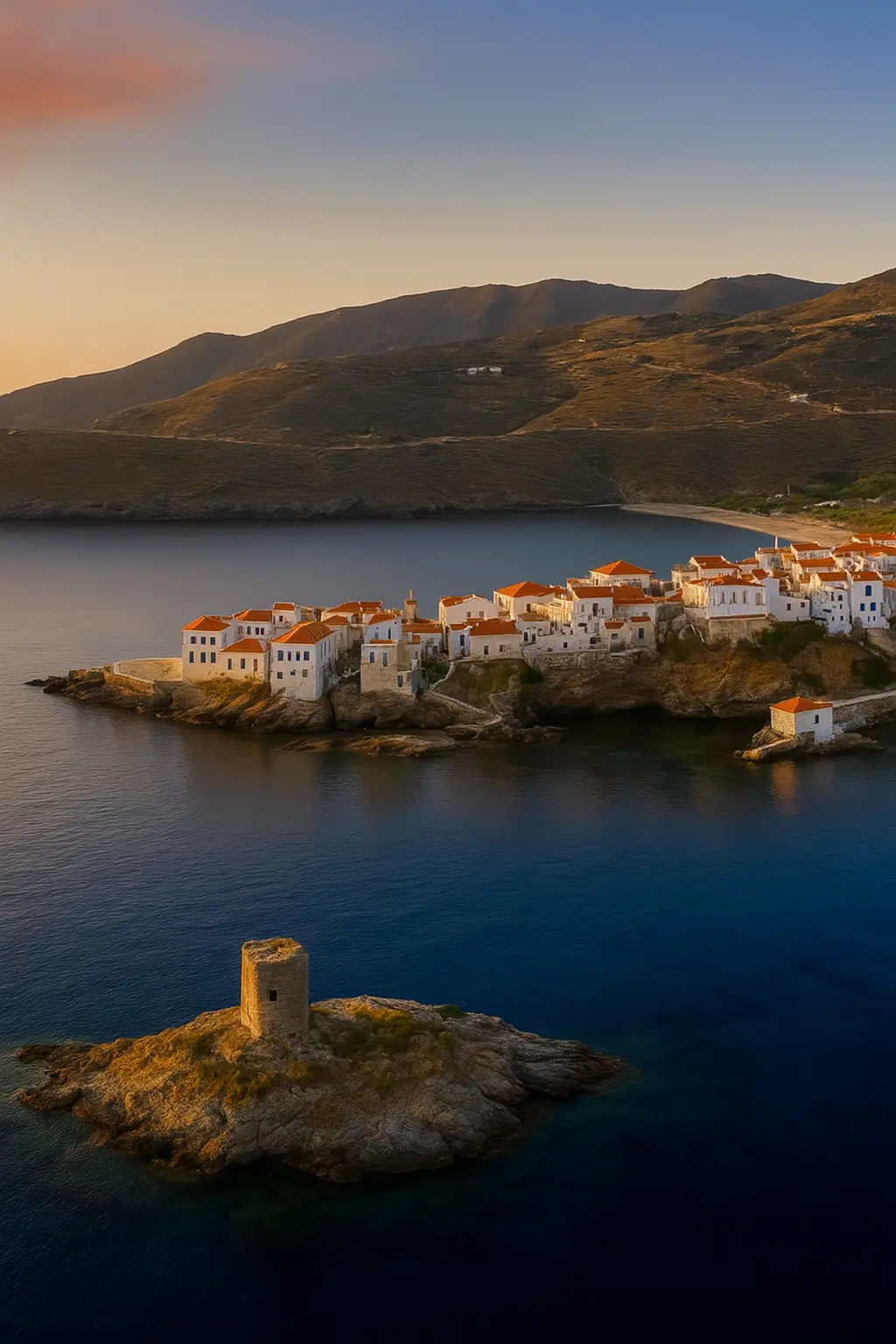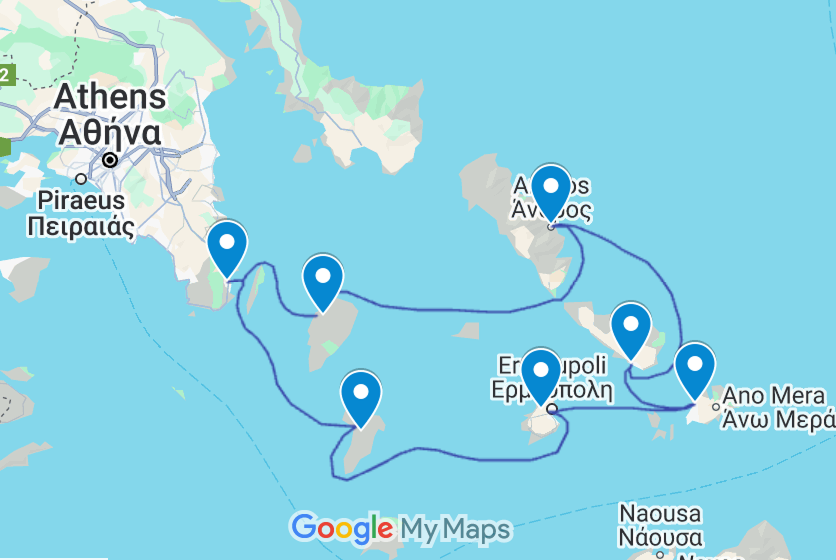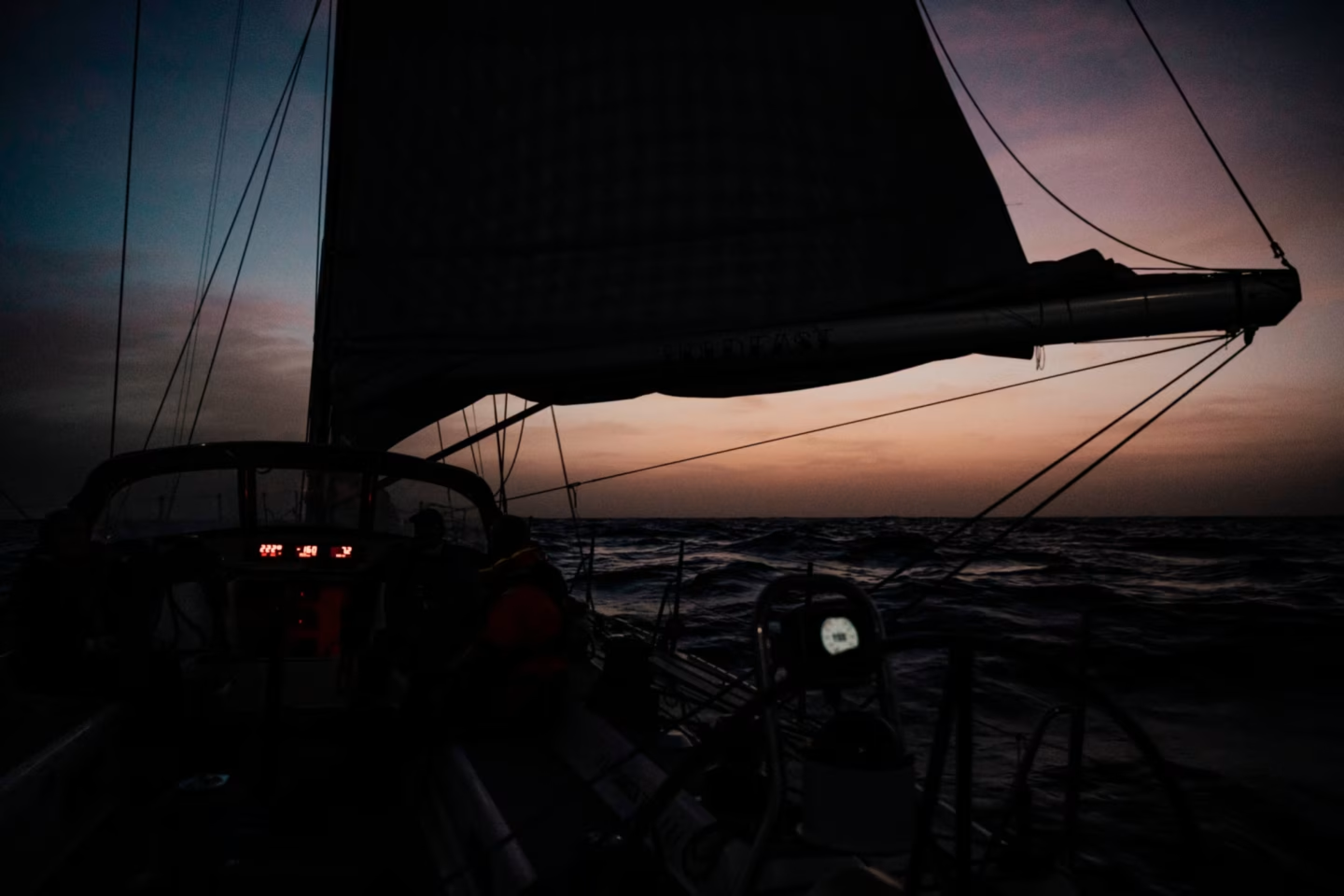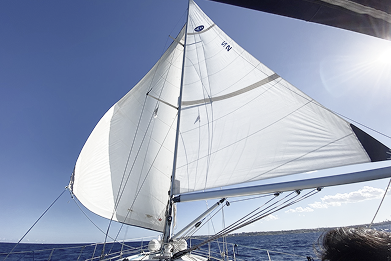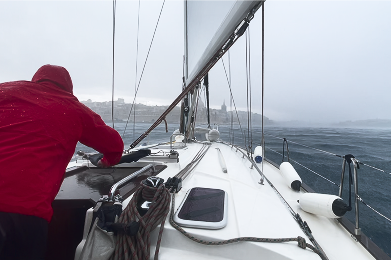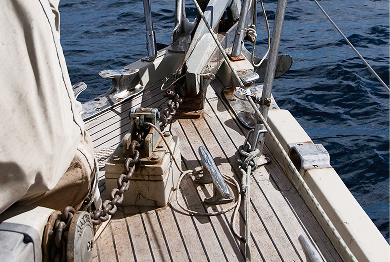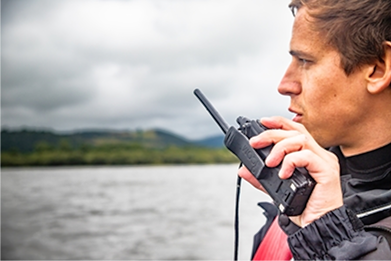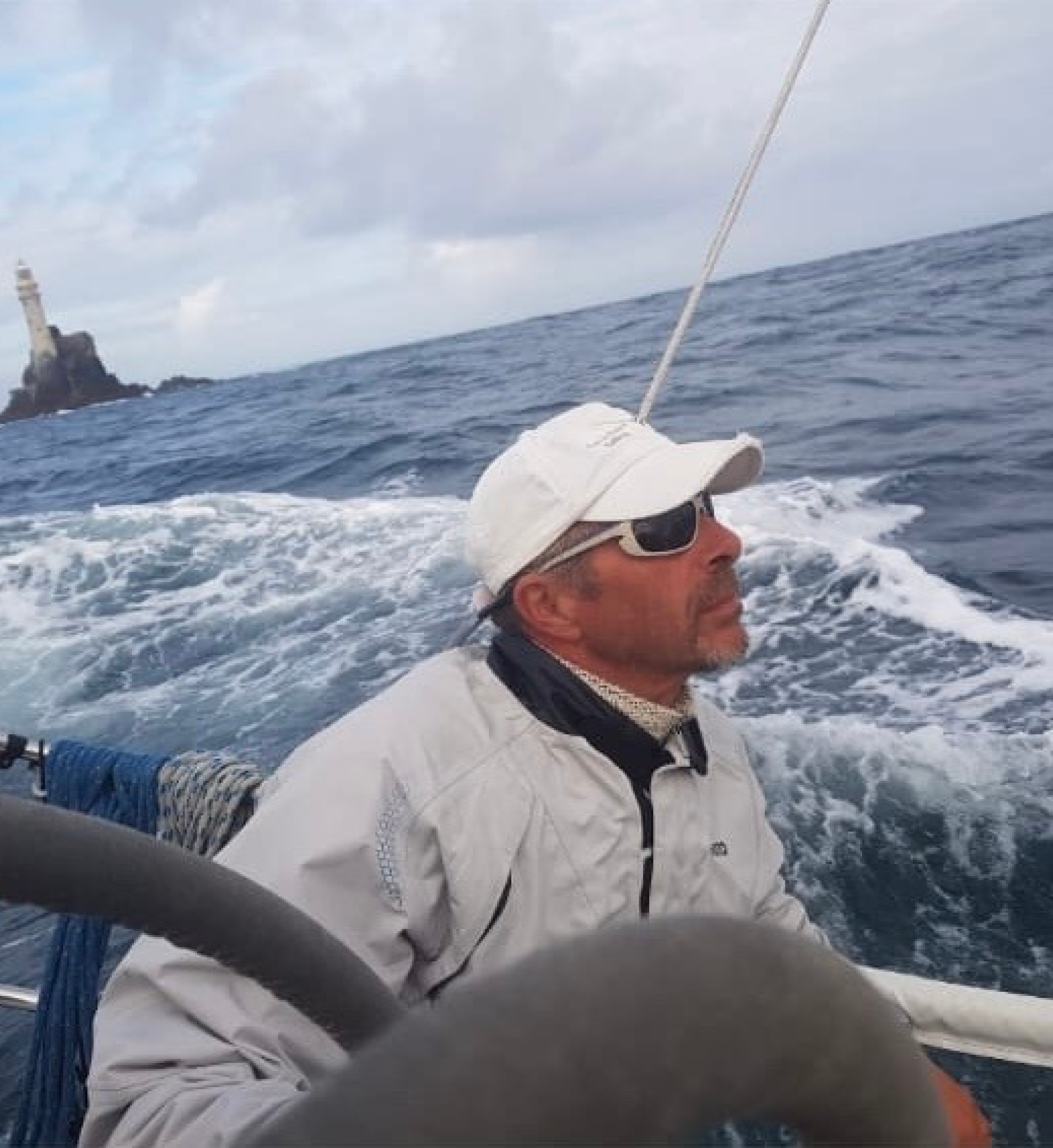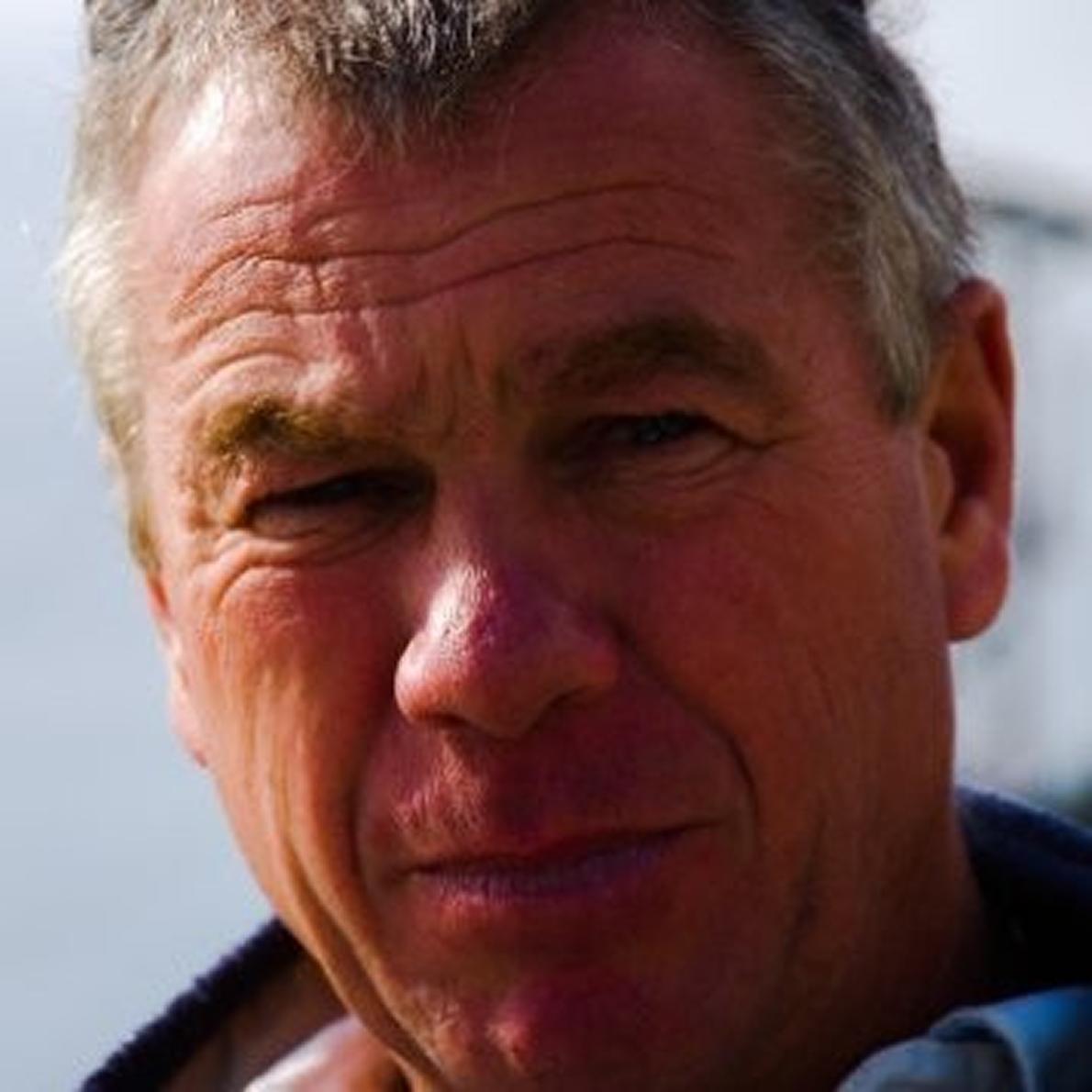7-Day Island-hopping Sail Training in Greek Cyclades
An Unforgettable Sailing Trip
7-Day Island Hopping
4.9 rating of 57 reviews
Bavaria 46C - 4 cabins
1st - 7th Sep 2025
14 - 65 years old
4 - 6 guests onboard
150 nautical Miles
Great weather all year
Lavrion Port, Greece (Athens airport)
No assumed knowledge
7-Day Island-hopping Sail Training in Greek Cyclades
An Unforgettable Sailing Trip
Set sail on a hands-on sailing adventure through the stunning Cyclades islands, starting and ending in Lavrion, Greece (20m from Athens Airport).
This 7-day island-hopping route blends immersive sailing training with the beauty of classic Aegean destinations-Kea, Andros, Tinos, Mykonos, Syros, and Kythnos—making it the ideal trip for intermediate sailors, aspiring skippers, or those preparing for RYA practical courses. Each day offers new sailing conditions, docking challenges, and opportunities to build skippering confidence under the guidance of a professional RYA instructor. Take turns at the helm, plan short passages, anchor in stunning bays, and log valuable sea time—all while enjoying the charm of whitewashed villages, turquoise anchorages, and Greek island life. You can join this trip as part of an RYA practical course (Competent Crew / Day Skipper / Coastal Skipper), or simply to sharpen your sailing skills while exploring some of the Aegean’s most iconic islands.
- 7 days of liveaboard coaching on a 46ft Bavaria Cruiser
- Ideal for RYA Day/Coastal Skipper or as a refresher/mile-builder
- Includes skills coaching, navigation, sail trim, mooring, and more
- Combine learning with island discovery and relaxed nights onboard
7-Day Island Hopping
Bavaria 46C - 4 cabins
1st - 7th Sep 2025
14 - 65 years old
3 - 8 guests onboard
600 nautical Miles
Great weather all year
Lavrion Port, Greece (Athens airport)
No assumed knowledge
Upcoming Trip Dates
This destination is arranged upon request, please contact us or send us an enquiry if you're interested. 😉Essential Skills Practiced During Mile Building
Passage Planning & Navigation
• Planning the route before departure, taking into account weather, tides, currents, hazards, and stopovers. • Identifying way points, adjusting course, and ensuring the passage is safe and efficient.
Night Sailing & Watchkeeping
• Sailing in darkness with limited visibility using navigation lights, radar, AIS, and chart plotters. • Watchkeeping involves standing shifts (watches) during long passages, where crew members rotate roles.
Sail Handling & Trim Optimization
• Adjusting sails to maximize speed, efficiency, and comfort based on wind conditions. • Understanding how different sail settings affect the boat's performance.
Heavy Weather Sailing & MOB
• Techniques to handle strong winds, rough seas, and unexpected squalls. • Using storm sails, heaving-to, deploying drogues, and managing crew fatigue. • Practicing man-overboard drills.
Anchoring & Mooring Techniques
• Learning how to safely anchor in different seabed conditions. • Mooring in various settings, including marinas, pontoons, and mooring buoys.
Radio Communication & COLREGS
• Using VHF radio to communicate with harbormasters, coast guards, and nearby vessels. • Understanding Collision Regulations (COLREGs) for right of way at sea.
Different islands to visit
Visit Kea, Andros, Tinos, Mykonos, Syros, and Kythnos on a 7-day island-hopping adventure from Lavrion. With optional night sailing and professional sail coaching, this trip is ideal for those looking to build skills and confidence. Approx. 150NM logged over the week, with opportunities for skippering practice and passage planning under guidance.
1
2
3
4
5
6
7
A Perfect Sailing Gateway
Greece - Lavrion
Lavrion, on Greece’s southeastern coast, is a vibrant port and perfect starting point for sailing the Aegean. Its marina and proximity to Cape Sounion make it both practical and scenic.
* example mile builder stops, subject to weather
Typical Itinerary
A region in the Aegean Sea celebrated for its timeless beauty, clear waters, deep-rooted sailing heritage, and the steady Meltemi wind that offers both a challenge and a thrill for sailors navigating between its iconic islands.
• Morning: Arrival, safety briefing, yacht familiarisation. • Afternoon: Short introductory sail to Kea, ideal for initial sail handling and crew coordination. • Practice: Hoisting sails, basic helming, MOB under power. • Evening: Dock in Korissia, Kea’s main port. Dinner ashore at a traditional taverna. ⚓ Overnight: Kea – calm anchorage, relaxed start.
Never sailed before?
You can still join the trip if you are in good physical and health condition,
but we strongly recommend completing our RYA Competent Crew course as a minimum.
Flexible Payment
400 EUR Deposit
Pay when booking
Remaining
Due 30 days before the trip starts
NOTE: Only applies to bookings made a minimum of 60 days before the trip.
Testimonials
Our students loved it
Excellent
Excellent
Mile building tour gallery
Set sail on our mile-building adventure between Malta and Sicily, guided by an expert instructor, where you’ll experience the best of the Mediterranean’s coastal beauty and rich history.
Recent Instagram photos
Frequently Asked Questions
Contact us
Careers
We are a small, growing sailing school that aim to become to the the leading RYA training centre in the Mediterranean area.
